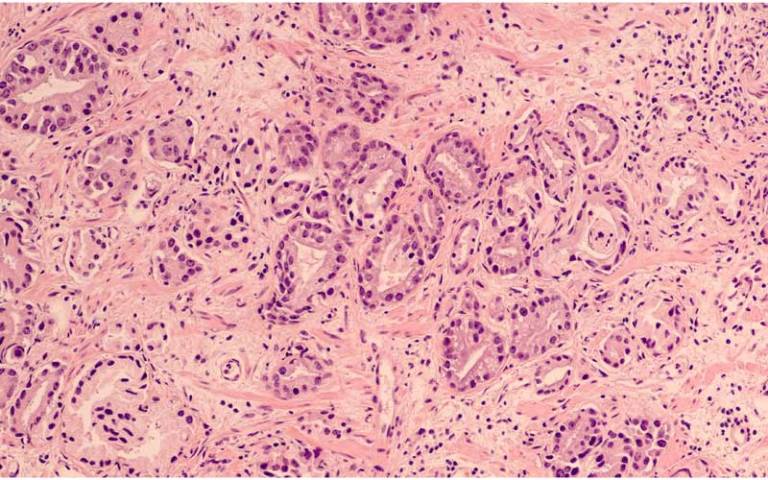Hitting the spot
Transforming the diagnosis and treatment of prostate cancer.

14 February 2020
Prostate cancer affects 1 in every 8 men in the UK and is now responsible for more deaths than breast cancer, claiming around 31 lives each day.
Researchers at UCL’s Centre for Medical Image Computing (CMIC), working alongside UCL clinicians, have developed and commercialised software which allows prostate tumours identified using magnetic resonance imaging (MRI) to be targeted precisely during needle biopsy and new minimally-invasive treatments.
The software, SmartTarget, has been tested successfully on hundreds of patients in clinical trials and is already being used in selected hospitals in both the United Kingdom and United States.
Ultrasound is the standard way of guiding the insertion of needles into the prostate, but prostate tumours can be very difficult to visualise, which makes accurate tumour targeting challenging.
They are much easier to detect in MRI scans, but performing a procedure such as needle biopsy within an MRI scanner is very expensive and only available in a small number of specialist hospitals worldwide. Diagnostic MRI scanning, on the other hand, is becoming increasingly used to detect prostate cancer.
When an MRI scan is available, SmartTarget enables prostate tumours visible in these scans to be superimposed onto ultrasound images as a coloured graphical overlay. This added information indicates the location, size and shape of the tumour, and provides a clearly visible target region for the clinician performing the procedure.
Tissue samples can then be taken to test for prostate cancer, or the region can be used to plan a treatment in a way that aims to minimise the risk of side-effects.
- Find out more at smarttarget.co.uk.
Discover more UCL Engineering research
 Close
Close

